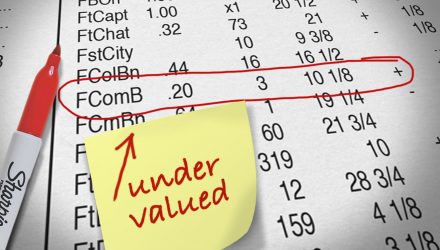Every so often the internet throws up an undiscovered gem from the world of value investing. The latest offering is a selection of articles written by Benjamin Graham between 1919 and 1922 for the Magazine of Wall Street.
In this piece, I’m going to look at another of Graham’s Magazine of Wall Street articles in which Benjamin Graham compared two leather companies and asks, “which has the greater earning-power?”
Hide and Leather vs. Central Leather
Graham begins his article by noting the improving fortunes of the leather industry of the time. “The third quarter of 1922 apparently marked the turning point in the leather industry,” he writes before going on to note that two companies Central Leather and American Hide & Leather are on track to report significant earnings increases for the year (the article was written towards the end of 1922).
The rest of the article is devoted to an analysis of these two businesses, to try and arrive at a suitable conclusion as to which was the best investment:
“With the hectic chapter of war inflation and deflation at last brought to a close, it may be well to ascertain in what condition and with what prospects these two leading companies are embarking once more upon a normal basis of operations. We shall try to form some estimate of their average future earning power, thereby to determine how their various securities compare in attractiveness at present prices. The elements to be considered are the following:
1. The actual and relative position of the two companies before the war.
2. The permanent effects of the war and post-war periods.
3. The current financial condition and earning power, as evidenced by recent data.”
Central Leather was the largest of the two businesses. It concentrated on the production of sole leather, while Am Hide focused on “the manufacture of upper leathers.” The two companies weren’t competitors, but they were both reliant on the prosperity of the shoe trade.
Both companies’ record of growth and profitability was patchy. Neither was particularly profitable. However, Graham could see value in the preferred shares, particularly, the preferred stock of Am. Hide & Leather.
“We leave Am. Hide & Leather common out of account entirely, because the 125% of unpaid dividends on the 7% cumulative preferred entitle the senior shares to all conceivable future earnings of the enterprise,” the godfather of value investing writes.
